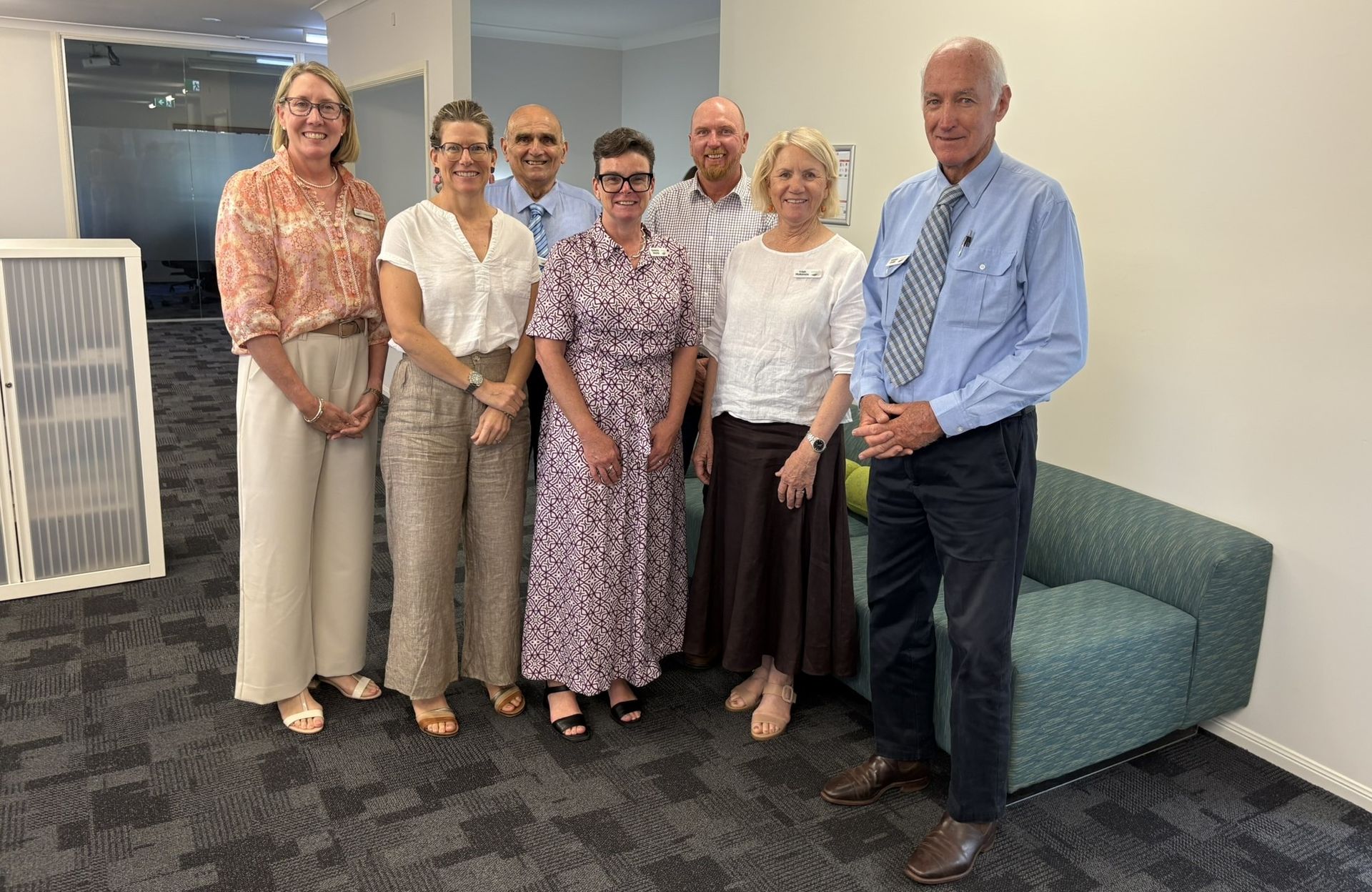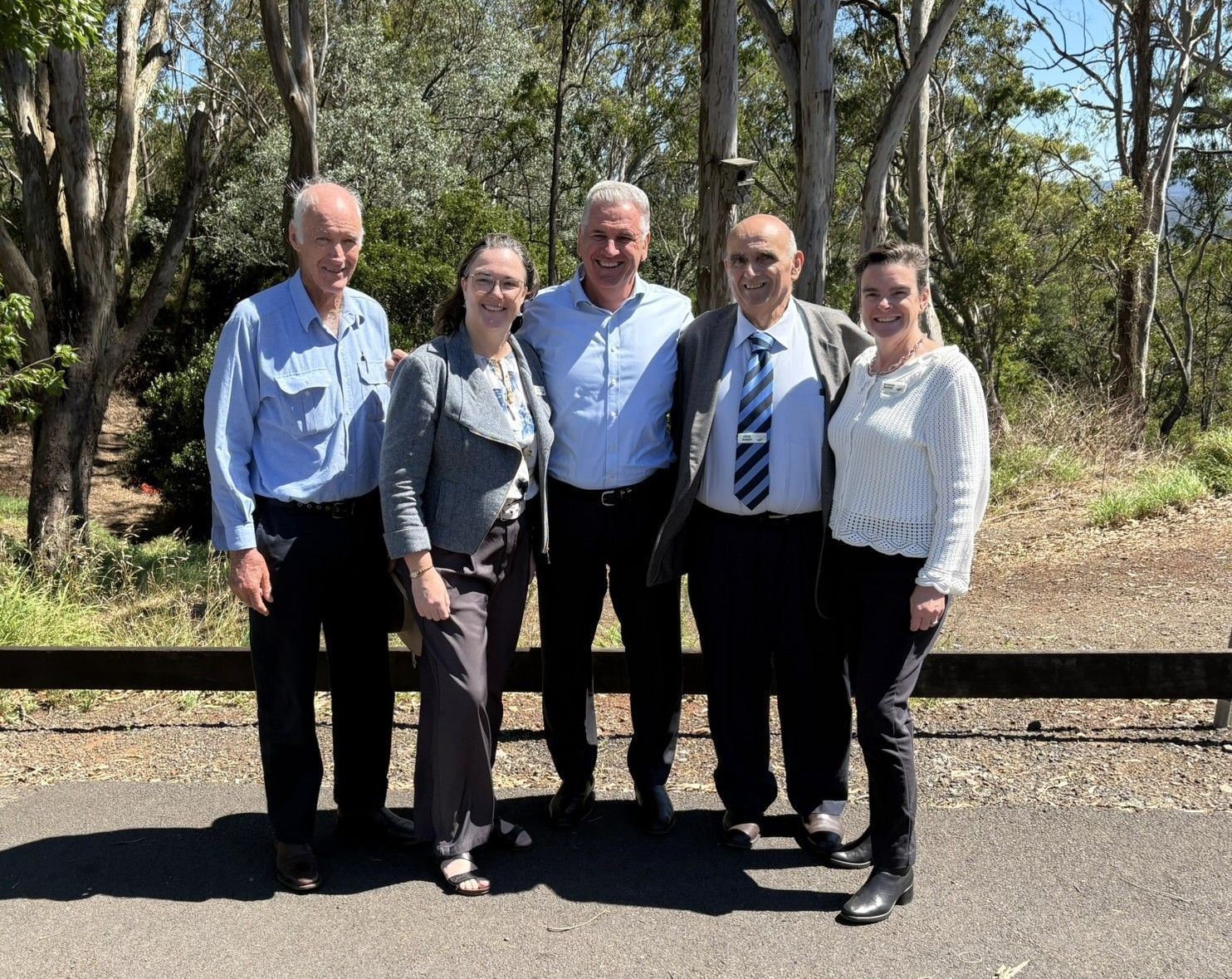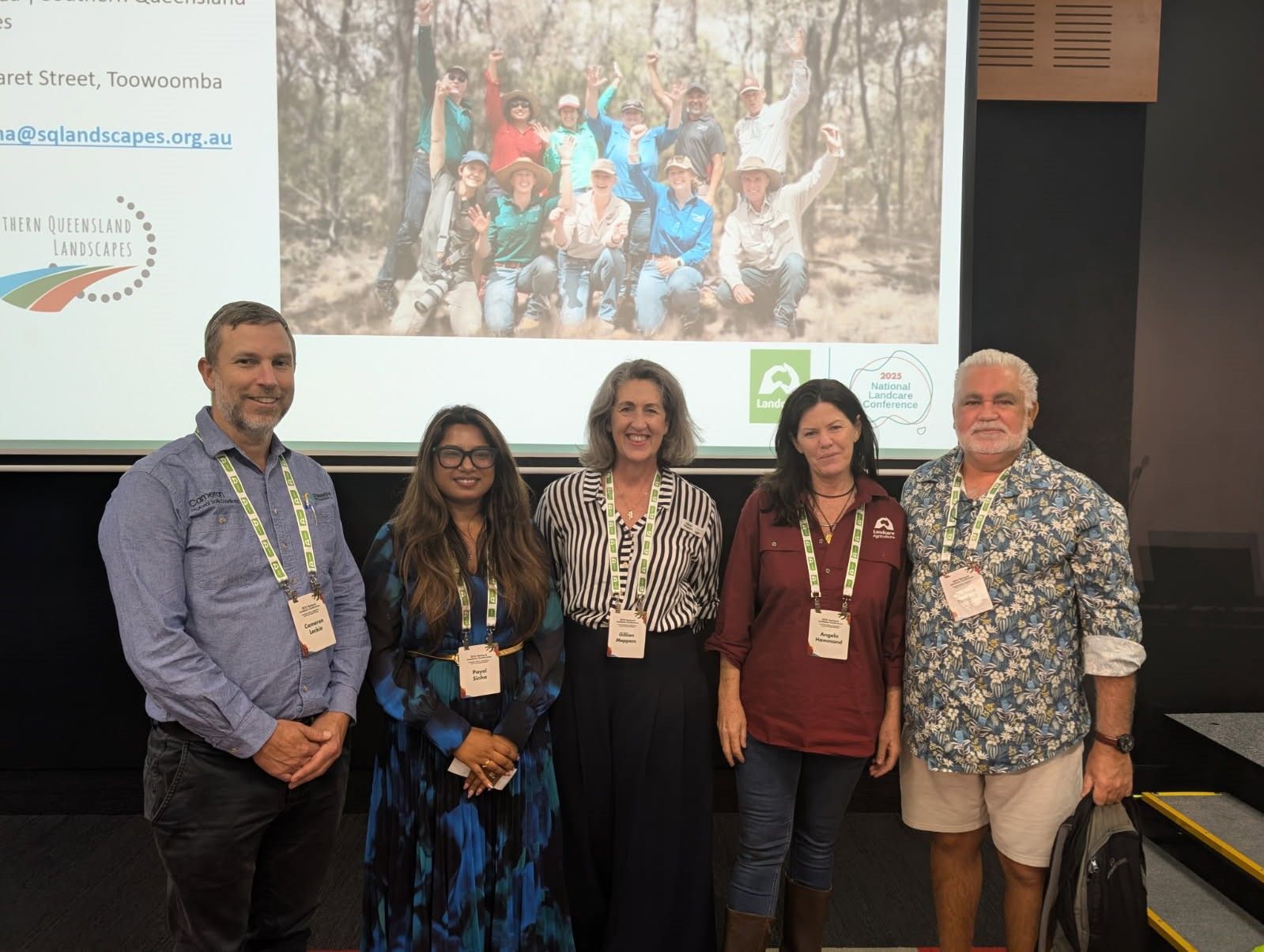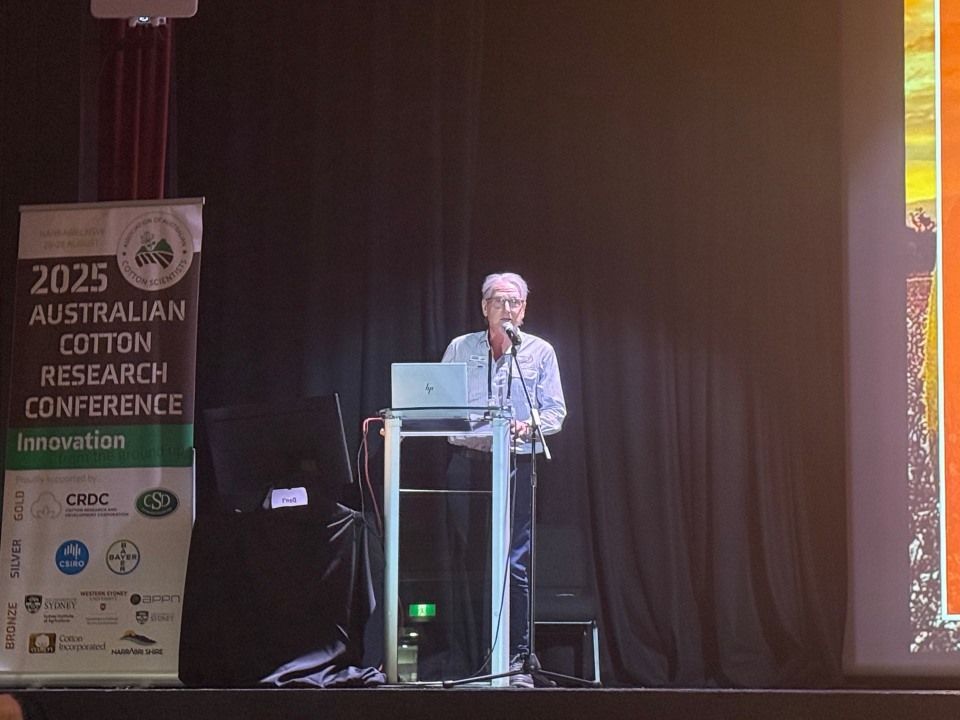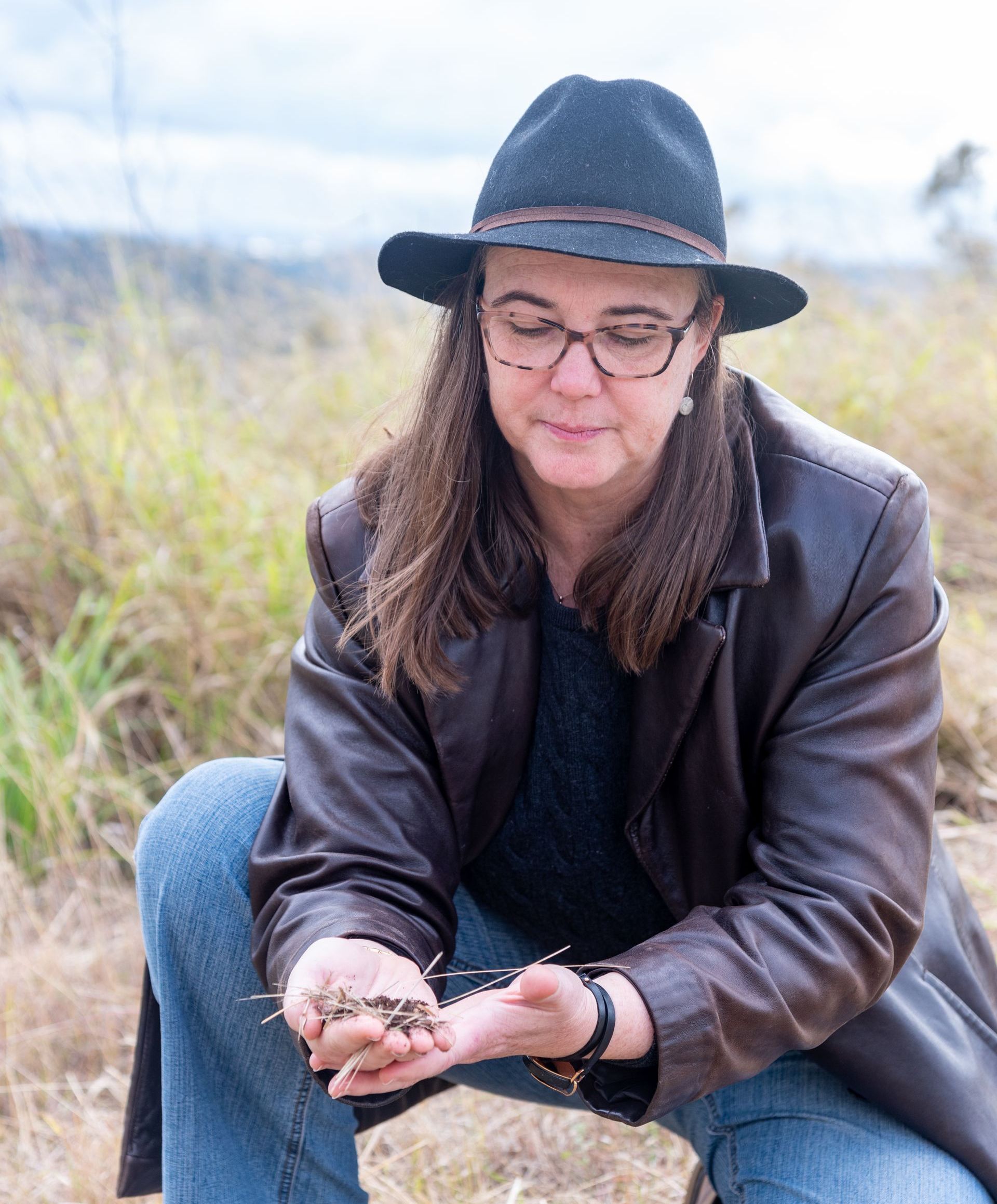When Sophie and Adrian McInnerney began adopting their “paddock to plate” experiment into their lambing business, they quickly discovered how a new and exciting approach to running their enterprise transformed their resilience and soil health.
Multi-species cover cropping was the answer, and now their business has become a diverse enterprise that has embraced variations in livestock feed and crop rotation, building riparian fencing, and investing in healthier soils.
This has opened the young couple to new opportunities to create new revenue streams, protect their business against natural disasters, drought, and prepare for economic hardships.
Their property, “Bellhaven Brook”, located just an hour east of Goondiwindi, was the site of Macintyre Ag Alliance’s latest Multi-Species Cropping Field Day. With the support of Southern Queensland Landscapes (SQ Landscapes), the event aimed to promote the McInnerney family’s new land practices, offering an opportunity to educate land managers in the region of new ways to strengthen their property and enterprise.
SQ Landscapes’ Goondiwindi-based Project Delivery Officer Keith Walker joined land managers for the workshop and highlighted how multi-species cover cropping could pave the way to rebuilding healthy soils and farming enterprises.
“What was great about visiting ‘Bellhaven Brook’ is that you don’t have to be a scientist to understand this stuff. The idea is to just try and experiment like the McInnerneys did,” Keith Walker said.
“These cover cropping systems are all about building your experience, experimenting and slowly developing a healthier and richer soil profile; which is the basis of all businesses; cropping and grazing alike.” Mr Walker said.
“It was interesting to see the range of people, the ages from young and old, and the differences in enterprises. It’s a reminder that this genre of agriculture is starting conversations,” he said.
“It’s all about implementation on the ground and getting the results for less money and experimenting with what people are doing.”
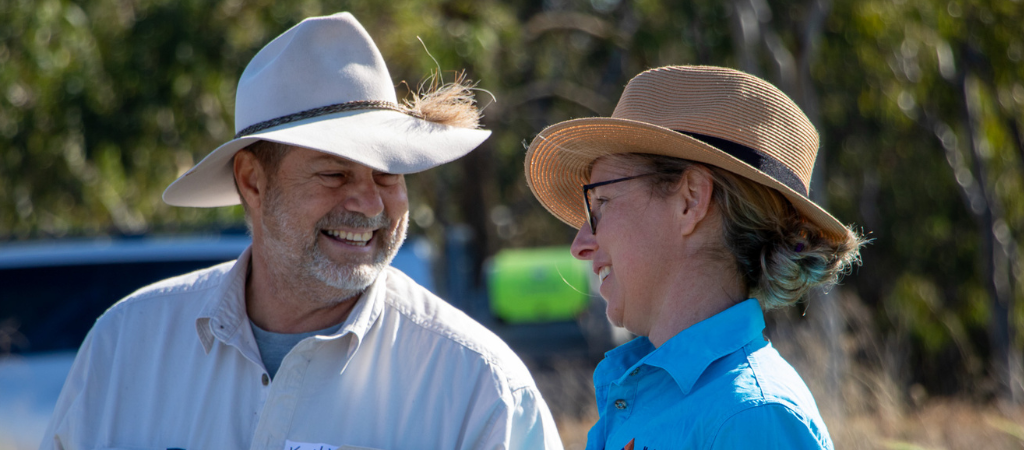
“These cover cropping systems are all about building your experience, experimenting and slowly developing a healthier and richer soil profile; which is the basis of all businesses; cropping and grazing alike.” Keith Walker said.
Multi-species cover cropping involves planting a diverse range of plants including native grasses, legumes, and vegetation to provide a wider selection of feed for livestock while also returning nitrogen to the soils.
Transitioning to multi-species pasture might pose initial challenges, but the results are easy to notice on properties like “Bellhaven Brook” and Keith believes it's worth the effort to experiment.
“With these visits, you can see the planning, the process, the implementation of what they wanted to do and now we’re seeing the results,” Keith Walker said.
“They’ve done well in not only building healthier soils and redefining how they manage their property, but also adopted a paddock-to-plate mentality with their lambing products which has been diversifying their business,” Mr Walker said.
“As a result, their demand is growing more. The value-adding of their grazing with the cover cropping adoption and new grazing management are all enhancing their soil health and creating greater fertility, greater opportunity and enhancement,” he said.
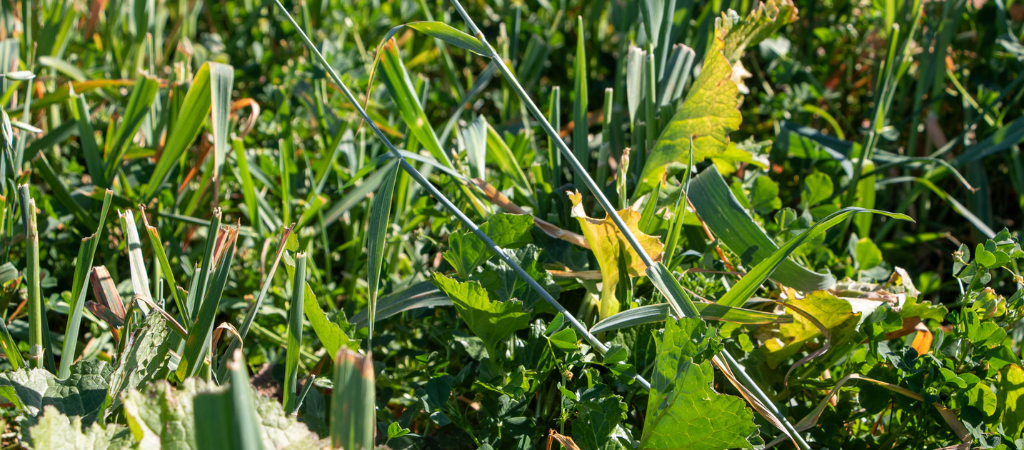
“As a result, their demand is growing more. The value-adding of their grazing with the cover cropping adoption and new grazing management are all enhancing their soil health and creating greater fertility, greater opportunity and enhancement,” Keith Walker said.
The workshop also featured guest speaker Ian Beard, an experienced melon farmer from Chinchilla and Millmerran, who discussed his journey in experimenting with cover cropping on his own properties for over ten years.
“I’m here to talk about multi-species from a farmer’s perspective. I’m just trying to pass on practical applications and encourage people to try small areas to see if it works for their areas,” Ian Beard said.
“It all comes down to soil health. It draws out the nutrients that are difficult to ordinarily reach and helps to stop things like erosion and evaporation in the process. When it’s managed well, it’s one of those things that makes your property more profitable and sustainable,” Mr Beard said.
“As years go on more people are doing it. It was great to interact with growers and see the engagement and interest,” he said.
“The McInnerneys still have a way to go in their own journey, but they’ve made a great start by introducing simple changes like crop rotation, cover cropping, and giving their soil the right attention it needs.”
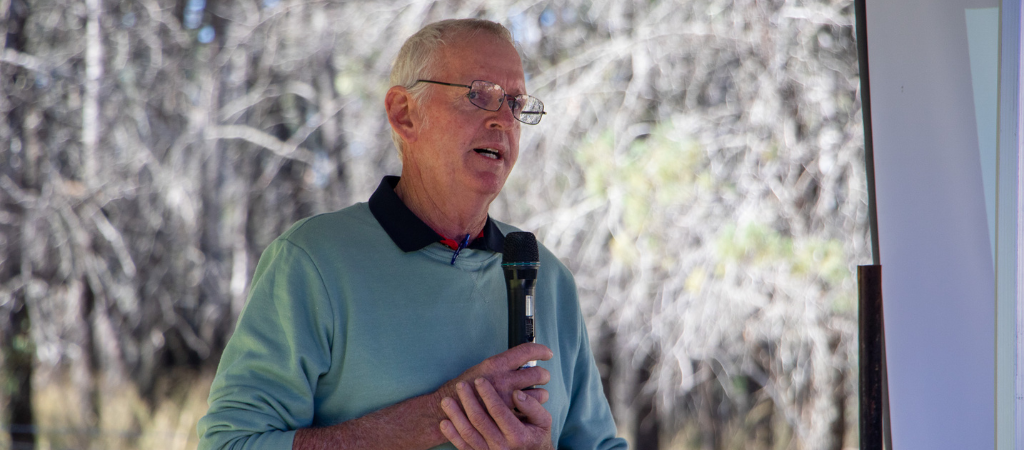
“It all comes down to soil health. It draws out the nutrients that are difficult to ordinarily reach and helps to stop things like erosion and evaporation in the process. When it’s managed well, it’s one of those things that makes your property more profitable and sustainable,” Ian Beard said.
“Cover cropping is giving extra diversity and synergies for the soil. The soil is reasonably light on their property and it can only do what it can do…but with a bit of help we can slowly make it do more!” Ian Beard said.
Visitors for the field day also enjoyed a field walk with the McInnerneys and listened to Ian Moss from F.A.R.M. Agronomy who discussed the changes in the soil first-hand.
Tommy Carroll, Macintyre Ag Alliance’s Vice Chair remarked on the opportunities of this workshop and its wide lineup of presenters tailor-made for the local community.
“We’re really grateful to be given the opportunity to promote such a valuable event for our community and spread the word on these useful practices,” Tommy Carroll said.
“What the McInnerneys are doing here is producing a great product, with a regenerative focus, and it’s in line with what we want to advocate for,” Mr Carroll said.
“Our field days are often about sustainability and creating solutions; improving outcomes,” he said.
“Increasing year on year their production and marketing; without damaging and actually improving their soil.”
“So it was a very interesting day, to go on a paddock walk and look at the condition of the soil and the impact of what multi-species cover cropping is having…which is evident with these changes to their practices,” Tommy Carroll said.
“I hope people go away from this with something new and are encouraged to experiment on their property to build on damaged or vulnerable soil to improve profitability and production,” Mr Carroll said.
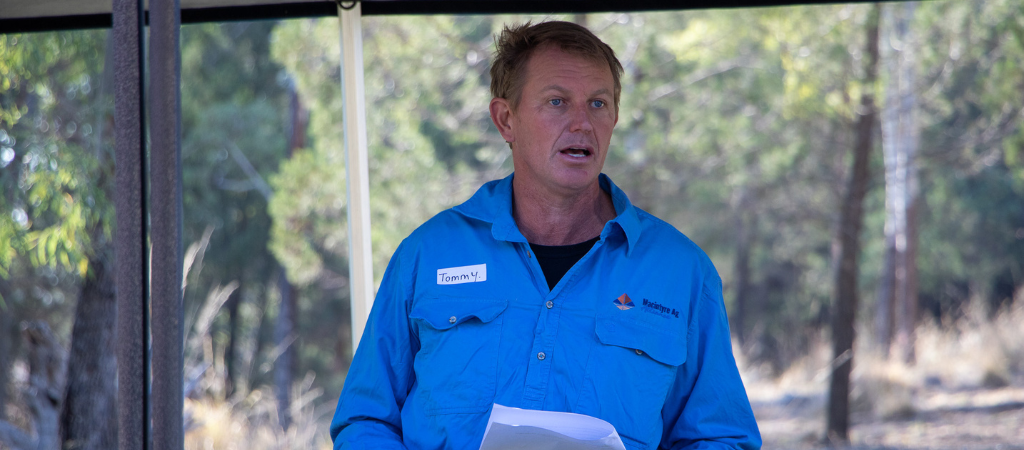
“We’re really grateful to be given the opportunity to promote such a valuable event for our community and spread the word on these useful practices,” Tommy Carroll said.
Queensland Department of Resources Senior Project Officer Kate Brandon remarked that the government was proud to support local events like the field day.
“We funded today’s field day with the Macintyre Ag Alliance as part of the Natural Resources Recovery Program; so this is the product of the funding,” Kate Brandon said.
“These events are important because we have a commitment to our natural resources and building the capacity of land managers like the McInnerneys,” Ms Brandon said.
“We’re really proud to be doing our part in assisting the community in building healthier and sustainable landscapes,” she said.
This project was funded by the Queensland Government’s Natural Resources Recovery Program and the Australian Government’s Murray Darling Healthy Rivers Program.
Learn more here:
https://www.sqlandscapes.org.au/natural-resource-recovery-program
